- HubPages»
- Travel and Places»
- Visiting Asia»
- Eastern Asia
Nanjing's Forgotten Massacre
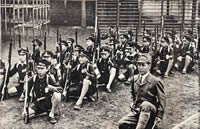

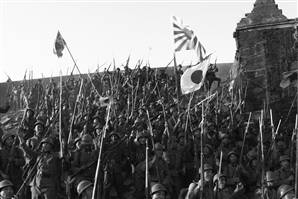
Invasion
On July 7,1937,claiming to search for a missing soldier, the Japanese Army attacked the Marco Polo Bridge(Lugouqiao), which was a key access point to Beijing, China. The Double Seventh (the 7th day of the 7th month) Incident signaled the start of the Japanese invasion of northern China.
By November 1937, they had taken control of Shanghai. Although many Chinese were killed, the Japanese had their eyes on the main prize - Nanjing, 300km away and the then capital city of China.
On the December 13, 1937, Nanjing was under Japanese control. They came at the capital from three different directions and besieged the city. What followed then was one of our most horrific pieces of history. It was only until I came to Nanjing, that I found out about it. It's not something you learn about in history class or read in text books.

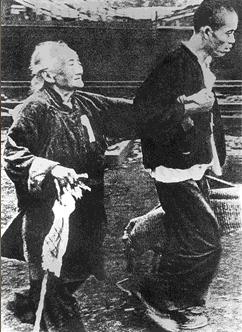
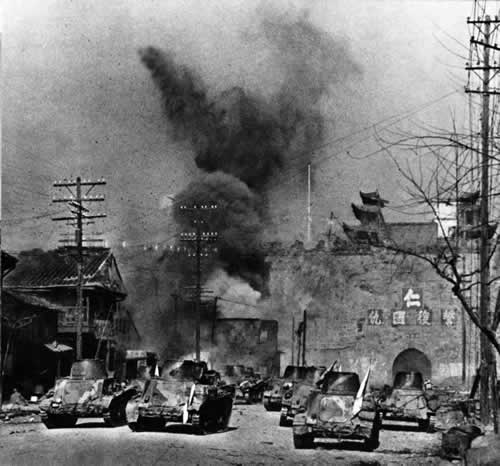
Military Blunder
After Shanghai, Chiang Kai-shek leader of the Nationalist Chinese Army knew the fall of Nanjing would be simply a matter of time. He knew that he could not risk annihilation of his elite troops in a defense of the capital as it was a lost cause. He made a great military blunder, to withdraw his elite troops and keep them somewhere safe to use in future battles against the Japanese. Chiang Kai-shek had some German advisors as Germany had a colony in Qingdao where they had started a brewery. The strategy they suggested, was to draw the Japanese army deep into China using China's vast territory as a defensive strength. This did not prove to be a very successful strategy.
Chiang Kai-Shek and many of his advisors flew to Chonqing, which became China's capital for the next seven years. He left one of his generals behind with a small force to protect Nanjing. This general managed to round up another 100 000 untrained men to help protect the city. He then followed Chiang-Kai-Shek's last orders, to block roads, burn boats and nearby villages to prevent the citizens of Nanjing from fleeing the city. This was supposedly for their own protection. This military blunder sealed the fate of the citizens locked inside their walled city, for whom there was to be no escape.





6 Weeks of hell
After taking control of Nanjing, the Japanese soldiers committed the most heinous of atrocities, raping women and sticking swords up their vaginas and holding competitions amongst each other to see who could behead the most people in an hour and similar macabre games. In just 6 weeks, the Japanese massacred over 300 000 chinese people, men, women and children of all ages. Their bodies were left to pile up and some were thrown into mass graves. The tragedy was, was that the Japanese had many photographers who took photos of each other as they commited the atrocities. Some of these are on display at the Nanjing Massacre Museum, along with grave markers saying how many bodies had been thrown into mass graves. The book, The Rape of Nanking, contains many gruesome photos taken by the Japanese during this time.
It is estimated that at least 80 000 women and children were raped over the 6 week period. It was a perk of being a soldier in the Japanese Army. The Japanese also forced others to rape while they watched. Under gunpoint, sons were forced to rape mothers, fathers were forced to rape daughters, and celibate monks were forced to rape women. All while the soldiers watched and jeered. Pregnant women were bayoneted in their swollen bellies. Young men and boys would be tied alive to posts while Japanese soldiers practised their bayonet training. Chinese were buried alive for fun. The smell of death was everywhere.
General Matsui, the commander of the Japanese forces had been sick at the time of the invasion and had remained in Shanghai. When he arrived in Nanjing four days after the occupation, he was dismayed and horrified at the atrocities his troops were commiting, and ordered them to stop the massacre immediately. Unfortunately, General Matsui only stayed in Nanjing for a week and returned to Shanghai. as soon as he left, the atrocities continued. The Officers in command in Nanjing did nothing to stop their out of control troops.
6 Weeks after the fall of Nanjing and the start of the massacre, General Matsui returned to Nanjing and once again ordered all atrocities to stop. This time the troops obeyed orders. As word about the atrocities leaked back to Japan, they recalled many of the senior officers including general Matsui. But, it was too late. 300 000 dead. An additional 500 000 believed to be dead between Shanghai and Nanjing and the area surrounding Nanjing.
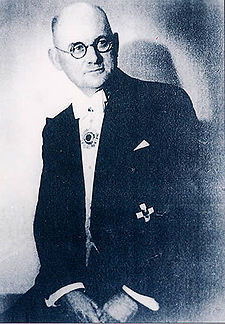


Nazi Hero
At the start of the Japanese invasion of China, most foreigners fled Nanjing. However, of the 22 foreigners who stayed behind, one was John Rabe, a member of the Nazi Party who was working for Siemens in Nanjing. The foreigners banded together formed the International Committee and elected John Rabe as their leader, because of his ties with Nazi Germany. They zoned foreign businesses and embassies into a Nanjing Safety Zone. The Japanese were not allowed to enter the Nanjing Safety Zone as the Japanese Government had agreed not to attack parts of the city that did not contain Chinese military Forces. However, some Japanese soldiers still ventured in and would occasionally herd up a hundred or so people who were in the Nanjing Safety Zone and march them out for fun and games.
Despite this, through the efforts of John Rabe and the International Committee, they managed to save 200 000 - 250 000 by letting them stay as refugees in the Nanjing Safety Zone. Throughout the 6 week massacre of nanjing, John Rabe kept a diary and recorded atrocities he saw, took many photos and films.
On the 28 February 1938, John Rabe left Nanjing to return to Germany via Shanghai. With him he had evidence in the form of documents, photos and films of the atrocities committed by the Japanese in Nanjing. He wanted to persuade Hitler to intervene and stop the inhuman acts of violence committed by the Japanese. He gave lectures in Berlin about the massacre and wrote Hitler a letter.
The Gestapo intercepted the letter and it never found its way to Hitler. John Rabe, who had been a hero in China, was detained and interrogated by his own people. Siemens intervened and managed to secure his reease on condition that he never publish anything or lecture on it again. He was allowed to keep his diary, documents and photos, but his films were confiscated.
As if that wasn't bad enough, at the end of the war John Rabe was arrested first by the Russians, then by the British for being a Nazi. In June 1946, this hero of Nanjing was formally declared to be de-nazified by the Allies and set free to resume his life. However, he was released into a life of poverty and his family and him only survived through care parcels sent to him by the Chinese Government as thanks for what he'd done in Nanjing. John Rabe died of a stroke in 1950. His memorial stone is at the Nanjing Massacre Museum.


Aftermath
Shortly after Japan's surrender at the end of the second world war, many of the Japanese generals and officers were indicted by the War Crimes Tribunals. However, the real perpetrators who had committed the atrocities, all got off scot free. General Matsui was put on the stand and gave many conflicting stories ranging from denying the atrocities to saying that he had ordered officers to find and punish the evil-doers. General Matsui and five other officers who were held responsible for the massacre and not ensuring proper discipline of their soldiers, were sentenced to death by hanging.
Many in Japan still continue to deny that the Nanjing massacre ever happened. Although a few informal apologies have been given orally by past Japanese leaders, the Chinese Government is still waiting for a formal written apology from the Japanese Government to the the people of Nanjing and China. To date, that has not been forthcoming.









